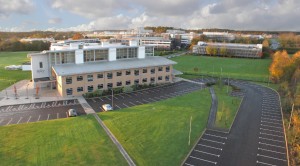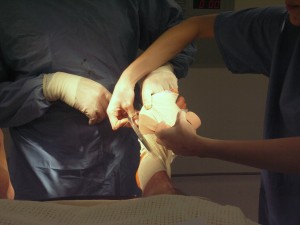Revolutionary medical technology developed at Warwick

photo: University of Warwick
A medical cooling method developed at the University of Warwick’s science park is proving a big success with the NHS.
Hilotherapy UK, who moved to the Science Park in March, have developed vital technology which can be used to keep patients’ injuries cool by lowering the temperature of damaged tissue.
Kat Stein from Hilotherapy UK told the Boar that the technology is much more effective than ice which has been used for many years.
“Ice… is limited in its effectiveness by the inability to control its temperature,” she said. “After surgery or injury the need for oxygen in the body is high. However oxygen supply is disturbed and thus there is a deficit that inhibits healing.
“Hilotherapy uses cooling to reduce the need for oxygen and adapts the need to the supply that is available.”
We are delighted to be here at the University of Warwick Science Park.
The ability to precisely control temperatures is, according to Ms Stein, imperative to reduce unwanted impact on metabolism, blood circulation and nerve transmission.

photo: Flickr/Badly Drawn Dad
University Hospital Coventry and Warwickshire is one of the first NHS hospitals to purchase the technology.
The firm praised Warwick’s flexible space and hopes to work more closely with the University on developing further products.
Tony Ley told Science Business: “We are delighted to be here at the University of Warwick Science Park. The facilities are excellent and we do see several potential new avenues for the product, which we would like to work on with the University.”
Hilotherapy is primarily being used in orthopaedic and plastic surgery as well as with professional sports clubs but Ms Stein said the scope is “enormous”.
She commented: “There are… global studies looking at the use of Hilotherapy in the treatment of arthritis, cardiac arrest and even malaria. There is certainly potential for Hilotherapy to be in every hospital at some point in the future but also to be used in multiple departments including within A&E and ambulances.”
Comments